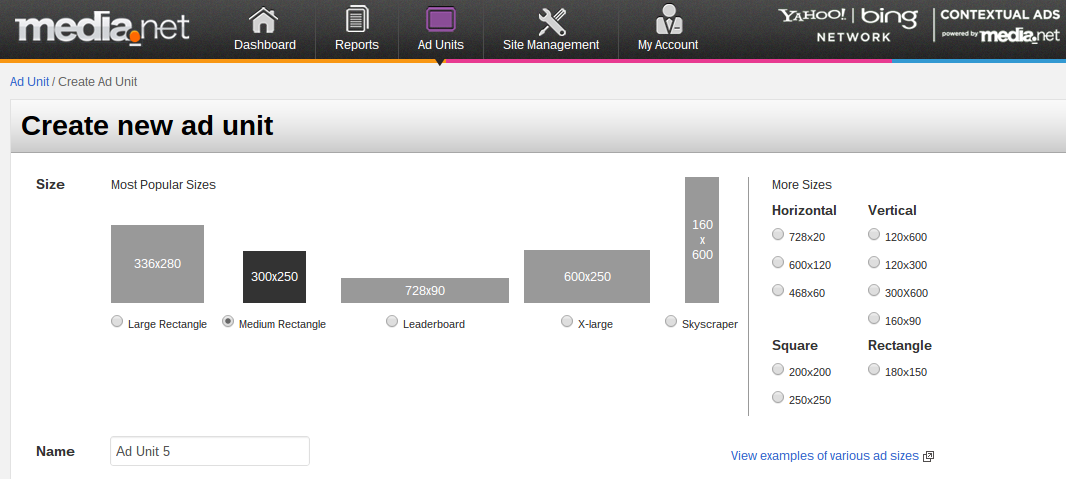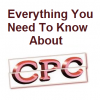Let’s face it that Google are extremely dominative in PPC with both their programs being Adsense and Adwords. There has never been a real competitor to Google either. Ad Dynamo are growing but are simply not big enough, Infolinks won’t make you much money with others not offering the million of advertisers Google will let bid on your advertising space. However, Yahoo and Bing have joined with to make a PPC program powered by Media.net. Here are some of the benefits and drawbacks to Media.net.
Benefits
The main pro I found Media.net had was it’s earnings. I had only used them for a week and was gaining on average $2.00 RPM. Now, compare this to Google’s $1.20 RPM, it’s $0.80 extra per thousands views! Never before had I really seen a PPC program that can compete against Adsense financially from how much it will earn the publisher.
A great feature of Media.net is the diversity of adverts the PPC program has up for offer to use on websites. As well as having every ad unit size Google Adsense has, Media.net also offers:
- 300×600 half page.
- 600×250 X-large.
- 600×120 horizontal medium.
These sizes are exciting news for publishers: especially the 600×250 X-large ad size. With Google, the best size advert to place above content or below it would be the 336×280 or 300×250 advert. However, now, there is an advert that fits perfectly above or below content.
Another great element to Media.net is the contents of the advert. They have the typical text advert. But, they also have a ‘related searches’ which displays advertising links that are related to the content. This will beat any CTR Adsense can achieve because thee related searches generally do not look like adverts!
Drawbacks
Like with every PPC program, Media.net has it’s disadvantages too. I found the main disadvantage was the lack of statistics. The main way publishers optimise their adverts for increased performance would be to change the advert and see how that affects the CTR of the advert. However, Media.net do not provide you with a CTR or even a CPC. Instead, you are given impressions, RPM and estimated value. This is no help because the RPM can increase/decrease due to:
- Different CPCs.
- Different CTR.






